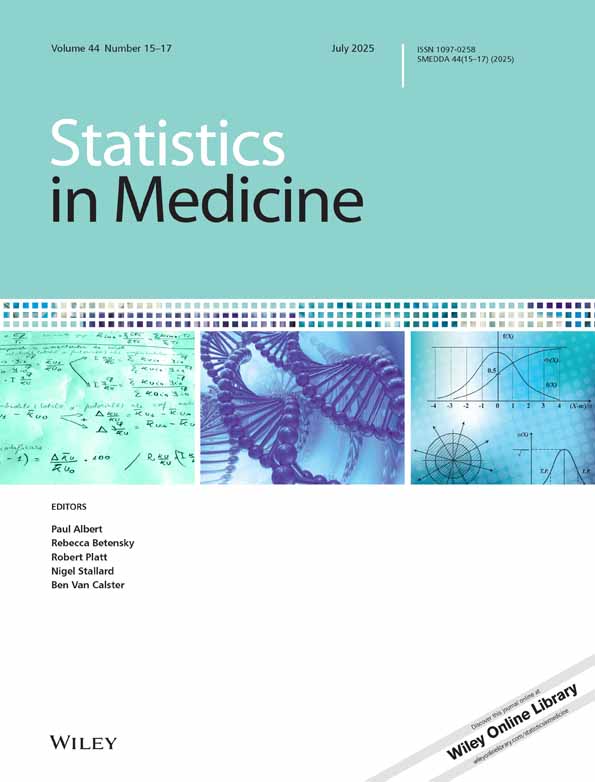Using propensity scores to estimate the cost–effectiveness of medical therapies
Abstract
The cost–effectiveness ratio is a popular statistic that is used by policy makers to decide which programs are cost–effective in the public health sector. Recently, the net monetary benefit has been proposed as an alternative statistical summary measure to overcome the limitations associated with the cost–effectiveness ratio. Research on using the net monetary benefit to assess the cost–effectiveness of therapies in non-randomized studies has yet to be done. Propensity scores are useful in estimating adjusted effectiveness of programs that have non-randomized or quasi-experimental designs. This article introduces the use of propensity score adjustment in cost–effectiveness analyses to estimate net monetary benefits for non-randomized studies. The uncertainty associated with the net monetary benefit estimate is evaluated using cost–effectiveness acceptability curves. Our method is illustrated by applying it to SEER-Medicare data for muscle invasive bladder cancer to determine the most cost–effective treatment protocol. Copyright © 2005 John Wiley & Sons, Ltd.




